Pensacola's past is on display at these 8 must-visit historic sites
- Oops!Something went wrong.Please try again later.
As the oldest established European multi-year settlement in the United States, Pensacola takes its history seriously.
Pensacola was originally established by Spain in 1559 when Don Tristan de Luna and a colony of Spanish settlers sailed to the area to set up a new Spanish settlement. Unfortunately, a hurricane wiped out many of the ships the colonists were using as temporary warehouses, forcing them to leave.
Discovering Luna's colony:Luna's colony unearthed in Pensacola
The Spanish wouldn't return to form another, permanent settlement until 1698.
Pensacola is known as the city of Five Flags because Spanish, French, British, Confederate and American flags have flown throughout the city at various times. In 2015, the city removed the Confederate flag and replaced it with the flag of the State of Florida.
In 2009, Pensacola celebrated its 450th anniversary when King Juan Carlos I and Queen Sofia of Spain visited along with the world's third-largest tall ship, the Elcano.
The famous royal Spanish navy ship returned in 2015, and the Port of Pensacola was one of two American ports the ship visited that year.
Keep reading for places where you can discover Pensacola's rich and varied history.
Fort Pickens
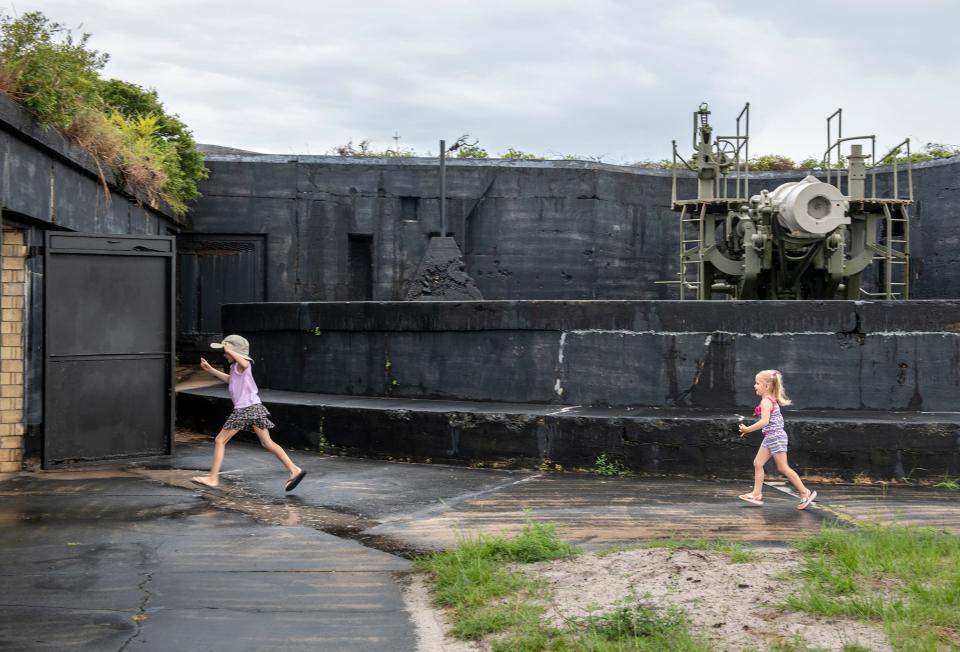
Fort Pickens is one of several Third System forts that were built along the United State’s coastline to protect important waterways and ports. Its purpose was to defend Pensacola Bay and the Pensacola Navy Yard and Depot from foreign attacks, according to the National Parks Service.
Construction of the fort was completed in 1834, and it remained in use until 1947. In 1899, a fire broke out in the fort. The fire reached Bastion D’s magazine, which held 8,000 pounds of powder, causing a massive explosion. The house-sized hole left in the wall is a popular spot today.
There are several activities and facilities visitors can experience like the fort itself, Battery Cooper and Battery Worth. Tent and RV camping is available at designated campgrounds and there are parking lots with beach access.
Fort Barrancas
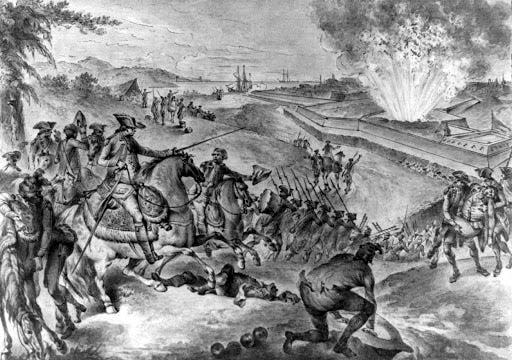
Fort Barrancas is called the bastion on the bluffs because it stands on a high bluff that overlooks the entrance to Pensacola Bay. The structure was completed in 1844 and was built to provide additional defense for the Pensacola Naval Yard. The fort’s position was so strategic that the Army Corps of Engineers built it over the ruins of other forts built by the Spanish, French and British.
The nearby Advanced Redoubt was built north of Fort Barrancas to protect it and the Navy Yard from a land attack. It was the last fort of the Third System Forts to be built.
Access to the fort is currently limited to current Department of Defense ID card holders, but NAS Pensacola is making strides to open base access to the general public soon.
Pensacola Lighthouse
The Pensacola Lighthouse consists of 177 historic steps to a breathtaking view of the Gulf Coast. The tower we know today isn’t the first lighthouse build in Pensacola. Winslow Lewis built the first in 1824 for about $5,500. By 1850, the lighthouse was beginning to show its age and a newly formed Lighthouse Board began recommending a new lighthouse be built. In 1858, the lighthouse we know and love today was built, with its light first lit on New Year’s Day in 1859.
In 1995, the lighthouse was made into a museum that features an ever-evolving array of exhibits. The rooms on the eastern side of the keeper’s quarters make up a series of exhibits showcasing living history. Another exhibit showcases the evolution of lighthouse illumination techniques, of course, you can climb to the top of the tower to catch a unique view of the Gulf of Mexico.
Like Fort Barrancas, visitation is limited to current Department of Defense ID card holders at the moment.
National Naval Aviation Museum
The National Naval Aviation Museum is called the “Spirit of Naval Aviation,” and brings in hundreds of thousands of visitors to Pensacola every year. Making your way through the museum is daunting when you first walk in. There are huge modeled ships out on display, planes hung from the ceiling and cockpits to climb into right at the entrance. The best way to take it all in is to pick a direction and start walking.
In addition to the sheer amount of planes on display, you can find several other attractions. You can experience the Apollo 11 moon landing first hand with the virtual reality exhibit, immerse yourself in the Virtual Flight Deck Operations, check out flight simulators and tons more.
Unfortunately, like Fort Barrancas and the Pensacola Lighthouse, access is limited to current Department of Defense ID card holders.
Historic Pensacola
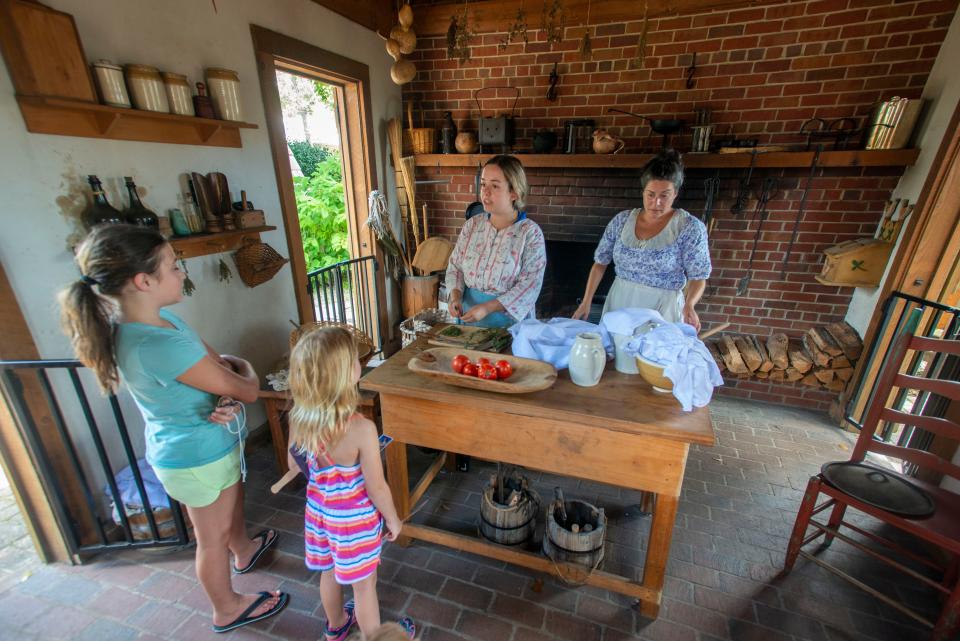
Historic Pensacola is a unique way to learn about what life was like in Pensacola hundreds of years ago. The site encompasses 8.5 acres and 28 properties within the footprints of the original Spanish and British in downtown Pensacola.
The most notable sites include the Pensacola Museum of History, the Museum of Commerce, Voices of Pensacola, the Museum of Industry and Old Christ Church. Each of these places will give visitors a glimpse of Pensacola's history based essentially on what their name implies.
Another location, the Pensacola Historic Village, is a self-guided tour that takes visitors through some old cottages. At certain hours during the weekend, you can find volunteer actors reenacting what life was like during those periods. You can watch farmers till soil, kids play in the yard and watch everyday chores being done. Incidentally, this tour will make you appreciate modern luxuries.
Emanuel Point Shipwreck
The Emanuel Point Shipwreck is a historic site located just off Emanuel Point in Pensacola. According to the plaque placed at the site, Don Tristan de Luna y Arellano sailed 11 ships into Pensacola Bay to establish a new colony for Spain. A month after the ships made landfall, a hurricane struck the colony, sinking most of the ships.
Florida archaeologists discovered the first of Luna’s ships off Emanuel Point near the mouth of Bayou Texar in 1992. In 2006, UWF archaeologists discovered a second ship.
Seeing the shipwreck up close and personal is impossible without diving, but there are several markers to indicate the spot. The main marker can be found near the Pensacola Area Convention & Visitor’s Information Center & wayside park, just north of the Pensacola Bay Bridge.
Belmont-Devilliers
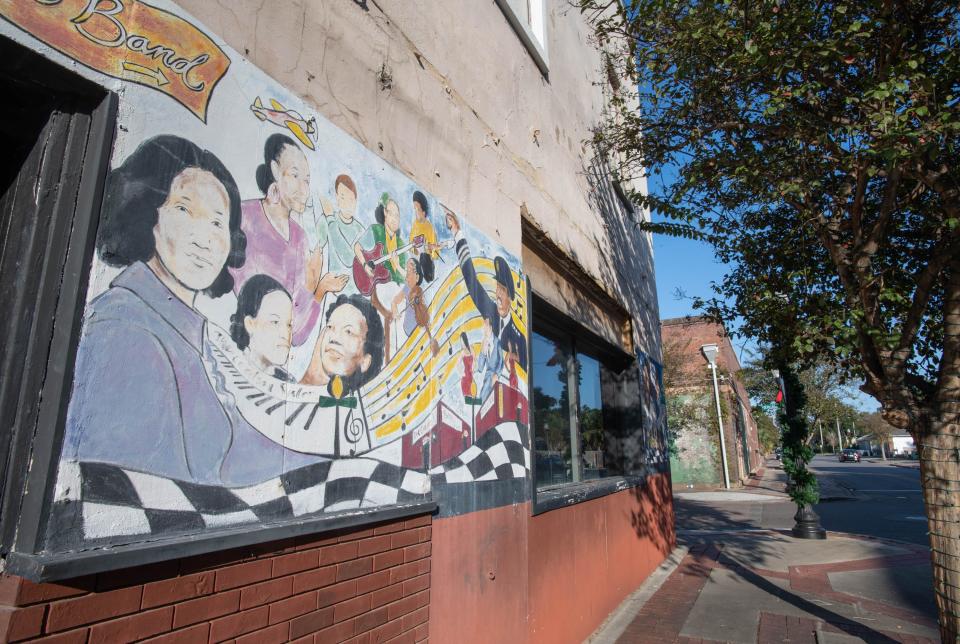
Belmont-Devilliers is a historic neighborhood based around Belmont and DeVilliers Streets. It served as the center for Pensacola’s African-American community due to Florida’s Jim Crow laws, which mandated segregation.
During segregation, Belmont-DeVilliers was the commercial and cultural hub of Pensacola’s Black community and was home to many Black-owned businesses, restaurants and music venues, including Abe’s 506 Club, where legends such as Louis Armstrong, James Brown, Ray Charles, B.B. King and Aretha Franklin all performed. In 2019, the neighborhood was named part of the famed Mississippi Blues Trail.
Today, projects are underway to restore the neighborhood. A streetscape project was implemented to make the area more walkable by adding sidewalks, curb cuts, lighting, landscaping and traffic calming and other features along DeVilliers, Reus and A streets. In 2022, the first-ever Belmont-DeVilliers Heritage Festival was held to celebrate “The Blocks.”
Heritage Trail
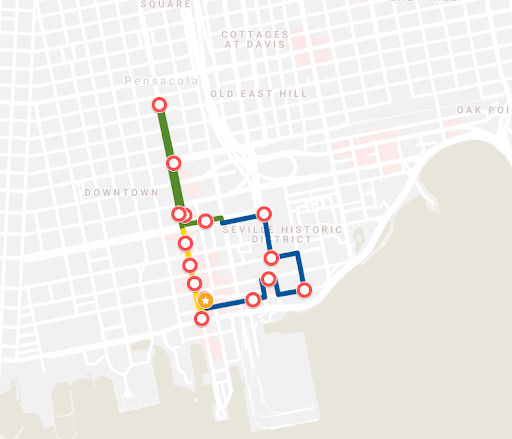
If you frequent downtown Pensacola, you might have noticed a red line painted along the side walk that popped up in 2022. That line is known as the A1S Trail and mimics Boston’s famous Freedom Trail, a 2.5-mile pedestrian trail outlining the nation's history through a series of planned stops.
Visitors can follow a 3-mile loop that will take them through various areas of Pensacola. It features 20 bronze plaques along the way that have QR codes on them, detailing 72 points of interests that walkers can pull up on their phone.
This article originally appeared on Pensacola News Journal: Pensacola history lives on at Fort Pickens, Aviation Museum and more

